
Domaine de Lavy, in the Dordogne, a historic, green and hilly region in Southwest France
In the heart of the historic Dordogne region, Domaine de Vieux Mareuil stands as a sanctuary-like estate with a simple yet profound philosophy: providing guests with freedom while preserving the land that defines it
Spanning 200 acres of forests, fields, and exquisitely restored properties, Domaine de Vieux Mareuil reflects the spirit of its creator, Laëtitia Morlat.
Madame Morlat’s family history dates back to the early 1200’s in Dordogne. She lives in the home she was born in and enjoyed her childhood in the Perigord Vert region. “I love every property because each one contains a part of my soul and my spirit,” she says. Madame Morlat’s intimate connection with the area and her determination to protect its future is at the core of the estate.

Laëtitia Morlat, owner and designer of Domaine de Vieux Mareuil
There are no rigid schedules, prefixed packages, or brochures dictating your stay at the Domaine. As Madame Morlat explains, “We want to leave each person that comes with an experience.”
Read more: Kempinski Palace Engelberg Review
Whether it’s a private dinner under the stars or truffle hunting with dogs in the forests surrounding the estate, the experiences are made bespoke to each individual. The idea is for guests to embrace the land they inhabit. Sustainability isn’t a buzzword at the estate—it’s a way of life.

A modern style billiards room in the former Soldier’s House within Domaine de Lavy
From the moment you step onto the estate, it’s clear that the Domaine’s connection to the land is not performative but essential. A sprawling permaculture garden provides the chef with organic, seasonal produce, ensuring that meals are not just farm-to-table but deeply tied to the local soil.
Follow LUX on Instagram: @luxthemagazine
Partnerships with nearby producers keep the supply chain short, reducing the estate’s carbon footprint while supporting the regional economy. Even the furniture in the beautifully Provençal designed interiors is often sourced second-hand and restored—an approach that celebrates craftsmanship while embracing circular practices.

A sitting area in Domaine de Bagatelle with access to the garden and sweeping views across the valley
Madame Morlat’s experiences abroad, particularly in Japan, shaped her philosophy of finding beauty in simplicity. This is evident in the carefully curated art by local artists, and the hand-painted details on beams and fireplaces by her long-time friend and collaborator Christophe Boucher. These design choices mirror her commitment to preserving not only the spirit of the past but the environment’s future.

Each bedroom is meticulously personalised and named in Chateau de Chanet; the above is Chambre Josephine
The Domaine is a haven, not just for its guests but for the ecosystems it fosters. Solar panels power much of the estate, while beehives and insect houses support local biodiversity, and forest maintenance practices ensure the land remains healthy.
For Madame Morlat, sustainability isn’t separate from luxury; it’s integral to it. It’s about ensuring that the pristine landscapes that shaped her childhood, and now provide solace for her guests, will last for generations.

Villa de La Roussie
Madame Morlat’s approach to hospitality was shaped by a new era, a world redefined by the pandemic. Privacy is no longer just a luxury; it’s a necessity. At the Domaine, guests enjoy this freedom in every aspect, from how they spend their time to the exclusive use of spaces. “People come here for the freedom of privacy,” Madame Morlat emphasises.
Read more: Mandarin Oriental Lucerne Review
This ethos permeates the entire estate, offering guests the liberty to craft a stay that reflects their needs, desires, and imagination. The 44 staff aren’t just employees; they are collaborators who contribute to creating unforgettable experiences for each guest.
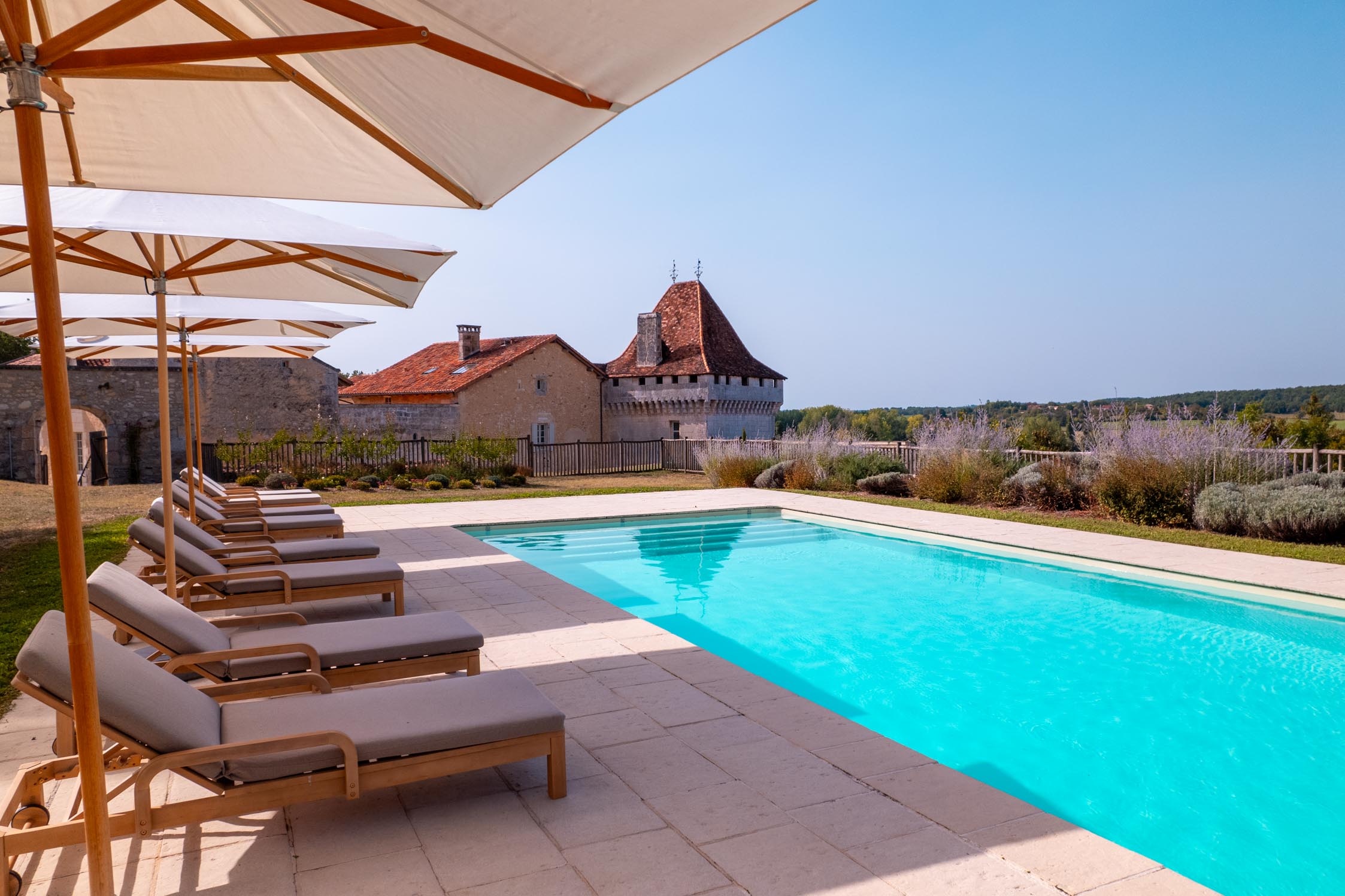
The swimming pool in Chateau de Chanet overlooks the gardens of the estate
Each of the four estates possess their own character, shaped by their unique locations, yet all share an attention to detail that show a commitment to quality and authenticity.
Château de Chanet, true to its name, exudes the stately charm of a castle while retaining an inviting warmth. Despite being the largest property within the estate, its wooden beams and thoughtfully designed interiors create an unmistakable sense of home. It is also where Madame Morlat and her husband spent their honeymoon!

The bright drawing room filled with natural light in Villa de La Roussie
In contrast, Bagatelle is for those who seek a more modern escape, reminiscent of a villa on the Côte d’Azur. Its sleek, minimalist design is complemented by breathtaking views, with a pool that stretches out toward the rolling hills of the Perigord countryside.
Domaine de Lavy is an entertainer’s dream. Nestled amidst lush green hills, this property comprises two separate houses, making it ideal for hosting large groups of friends or family.

Every nook is used to its full potential, even this chess corner at Chateau de Chanet
Finally, there is La Roussie, the smallest and most intimate of the estates. Set within a lovingly restored farmhouse, it’s ideal for creating cherished memories with loved ones; a place where the simplicity of rural life meets the refined comforts of the Domaine.
Read more: Prince de Galles, Paris Review
This is Madame Morlat’s legacy: not just a collection of properties, but a philosophy of love for a region, a history, and a future. At Domaine de Vieux Mareuil, luxury isn’t about excess – it’s about “intention”. That intention, like the estate itself, feels timeless.

Domaine de Bagatelle’s design blends the elegance of the French Riviera with the distinctive charm of the French countryside
Rates: €6,500 Euros per night at Chateau de Chanet/Bagatelle Estate/Lavy €3,000 Euros per night at La Roussie Villa.
Minimum 2 nights stay
























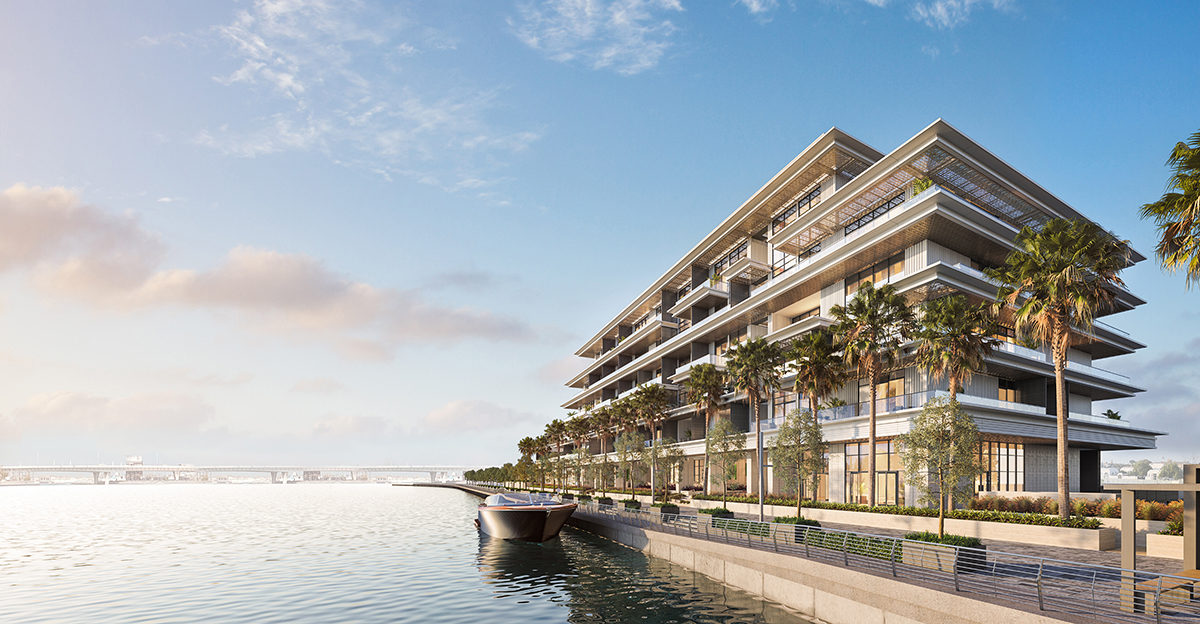














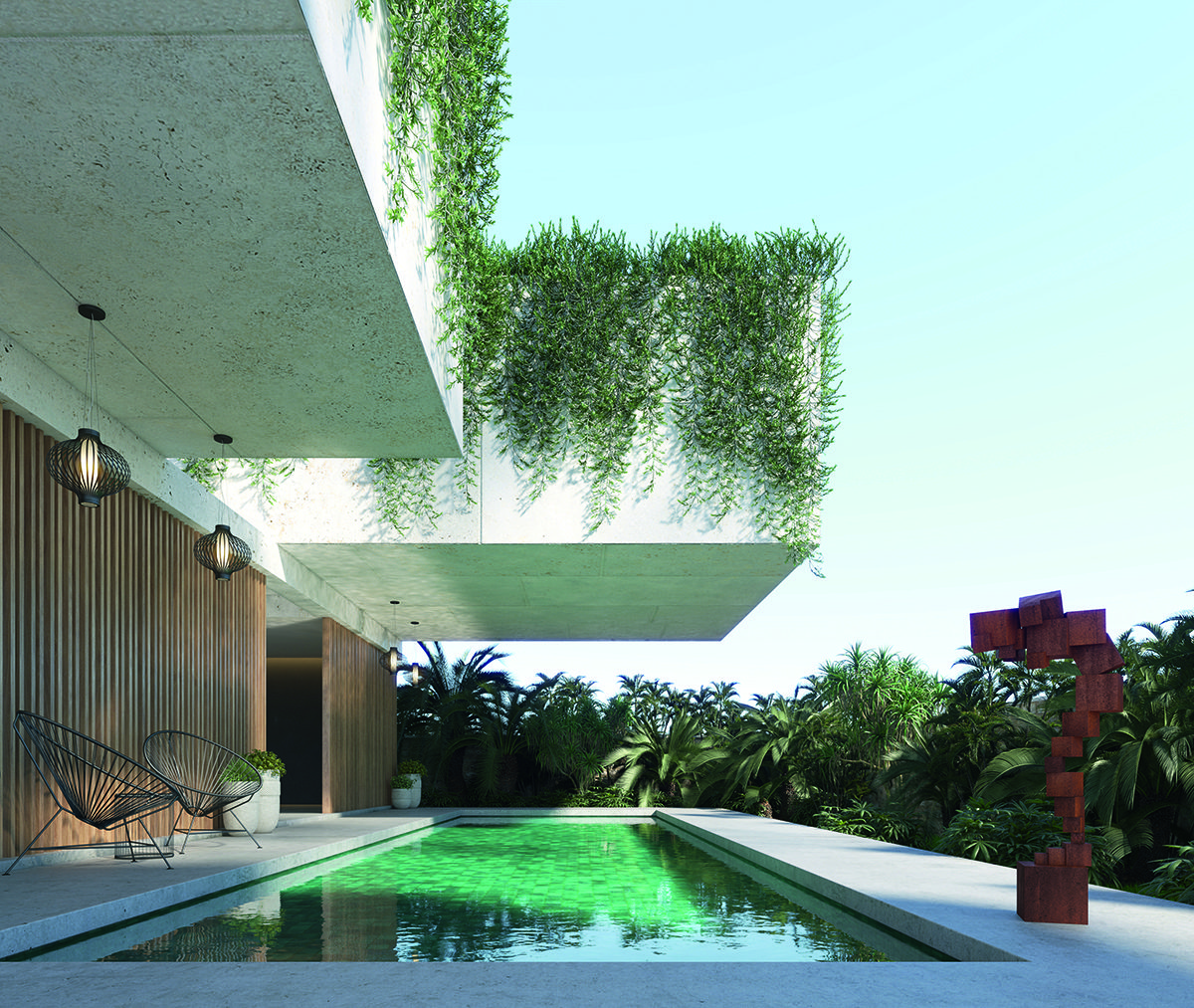



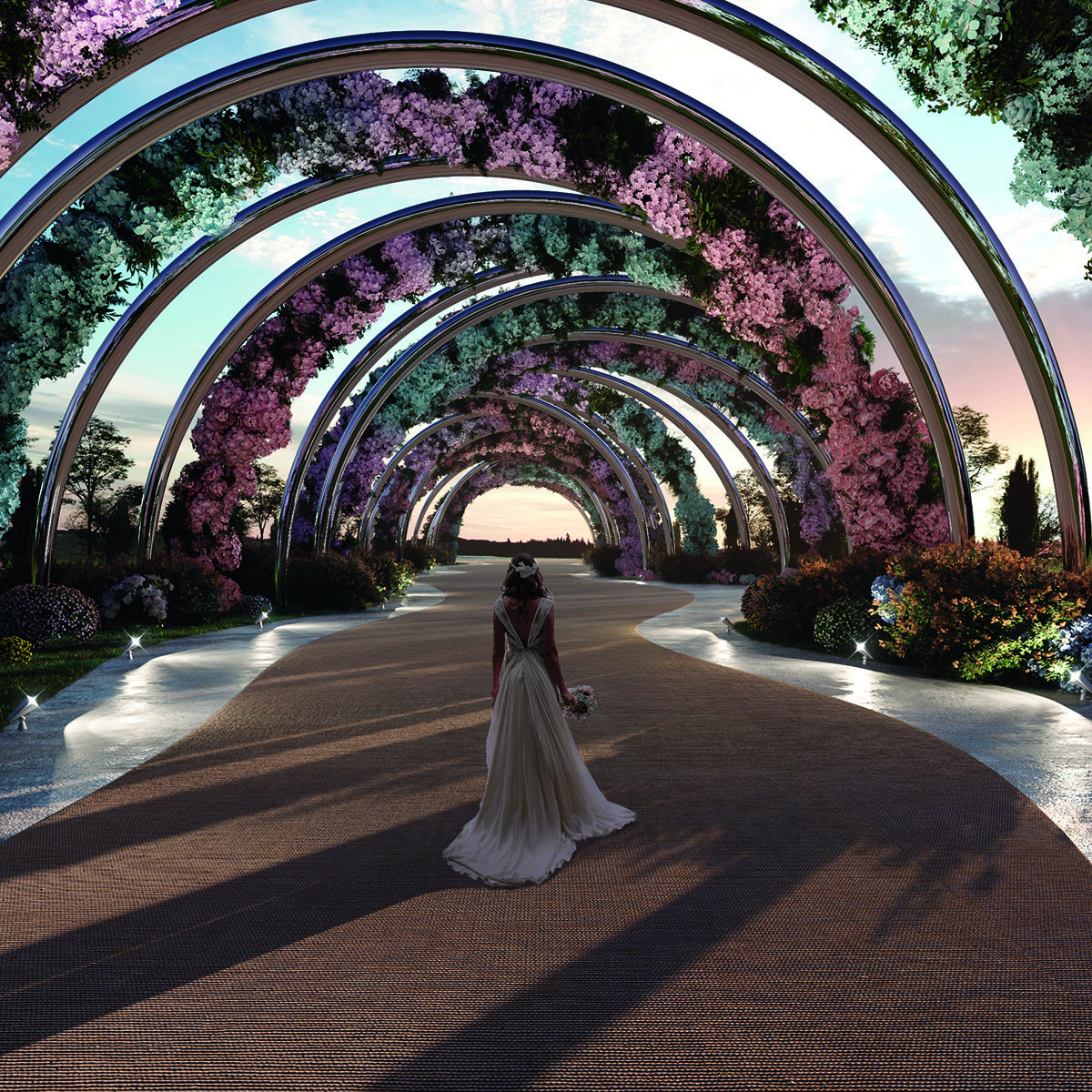

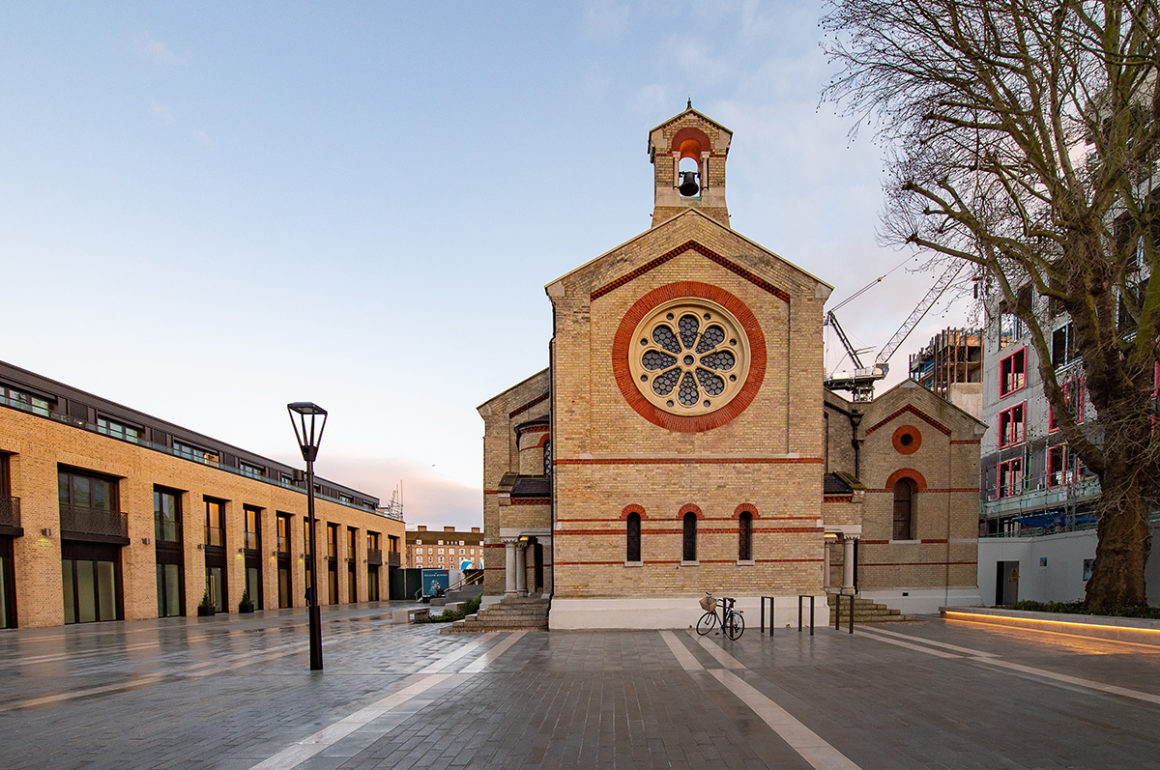





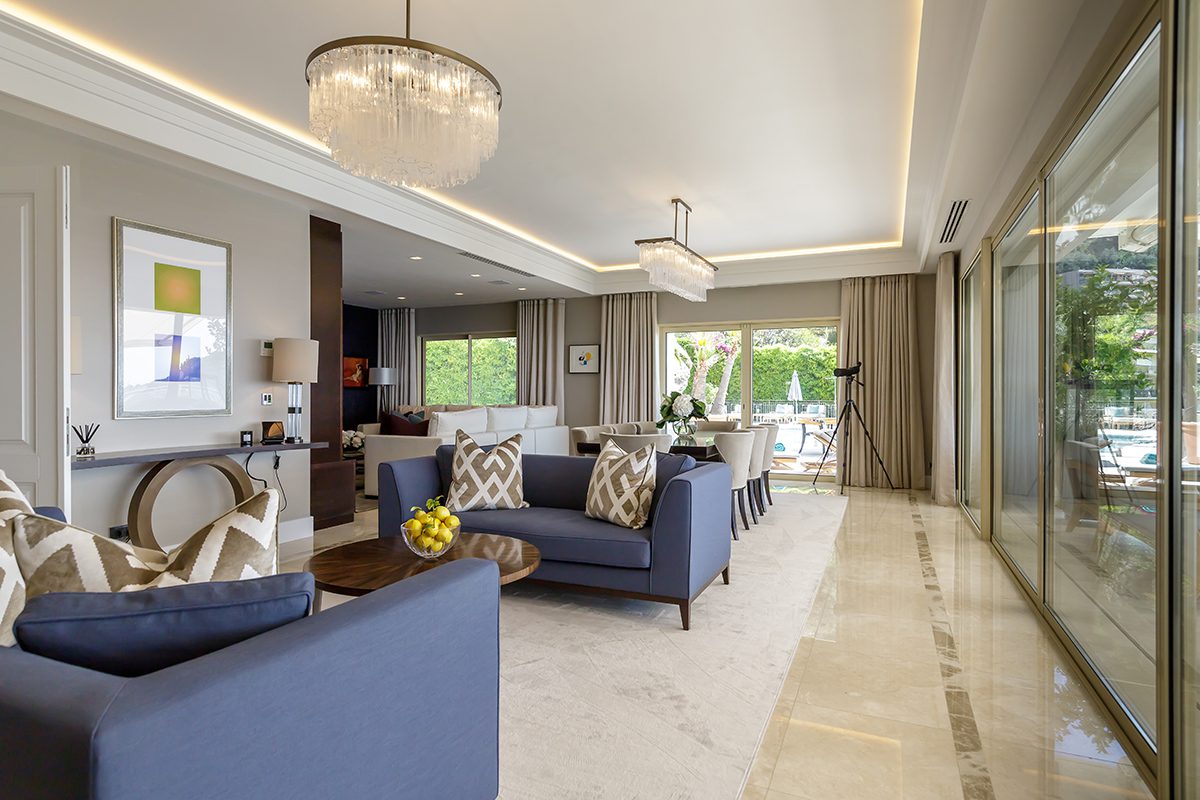

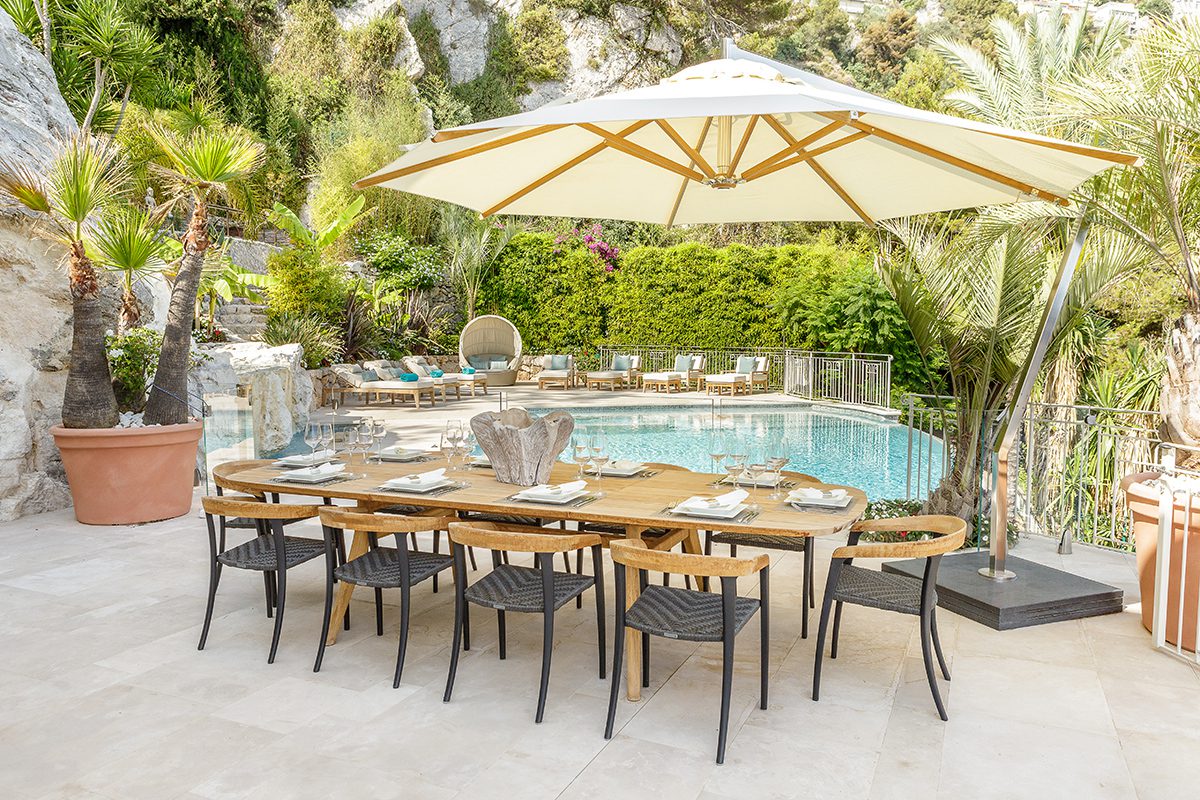
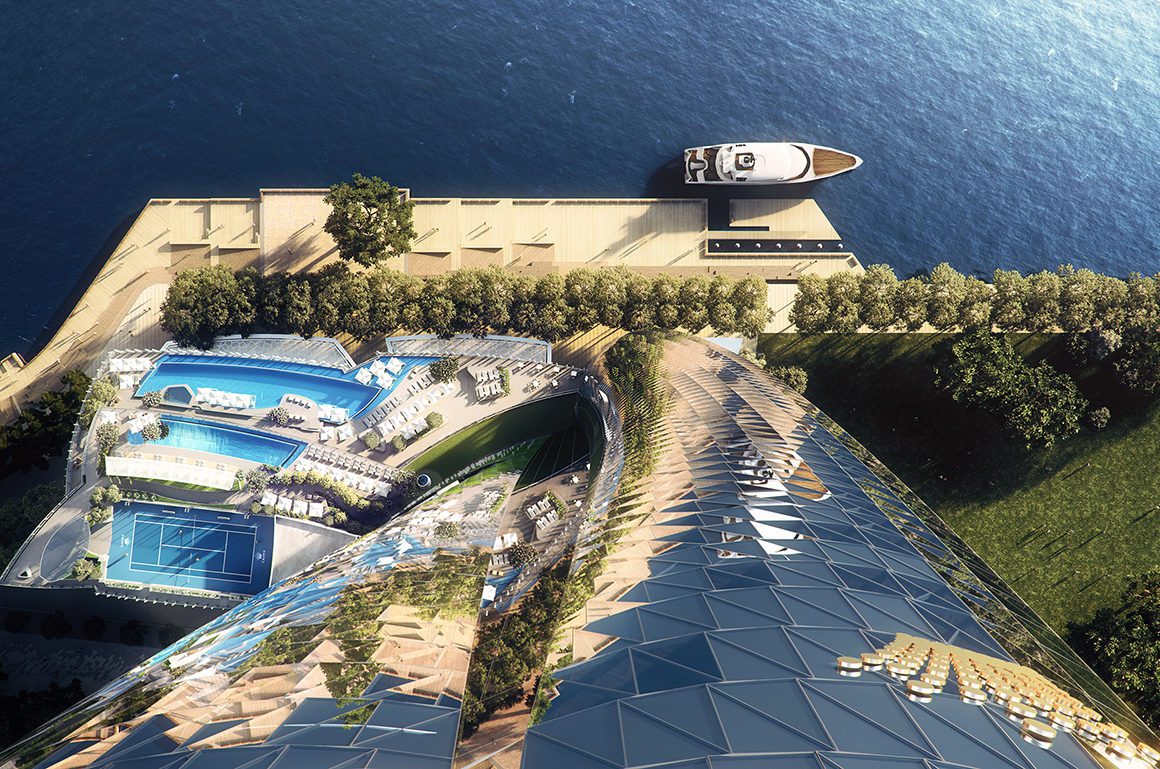




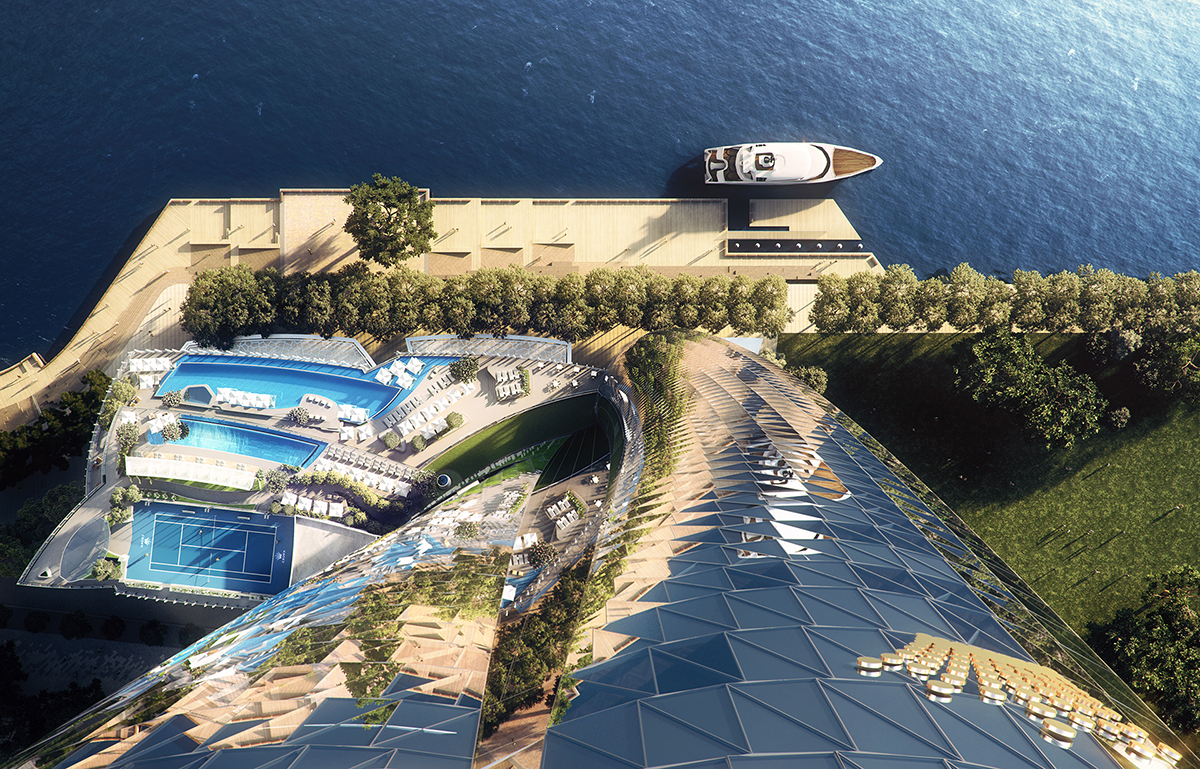
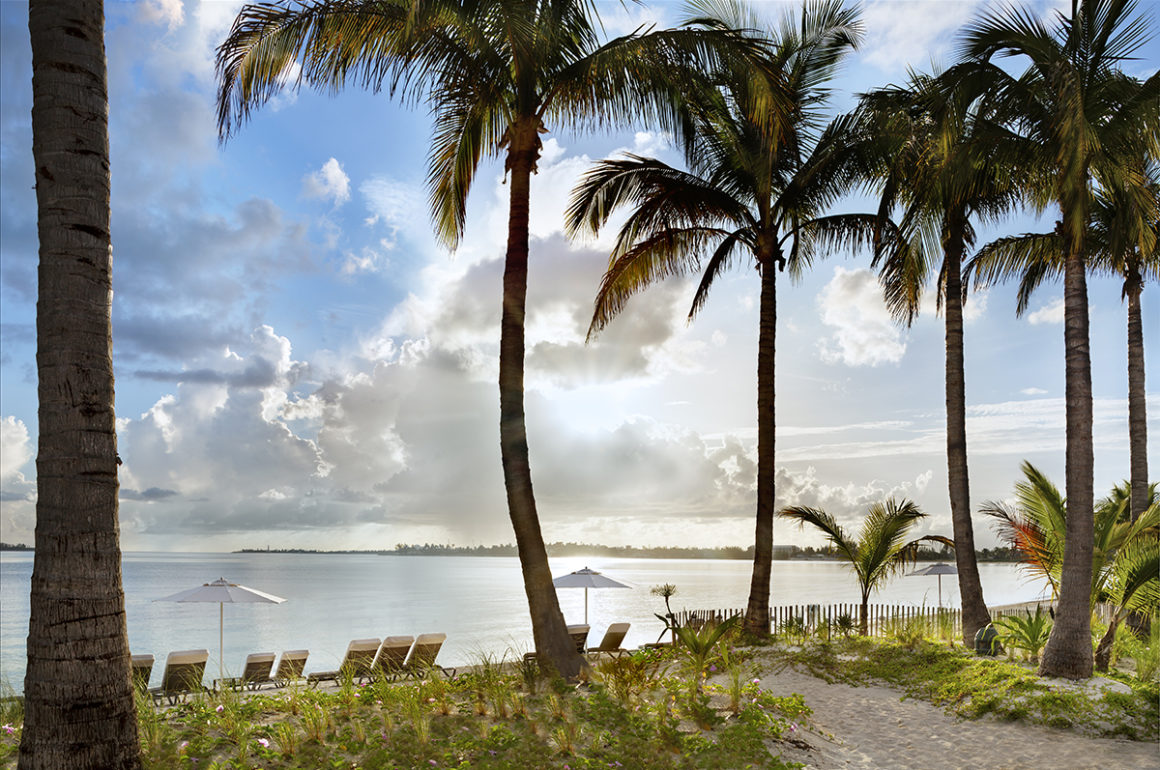










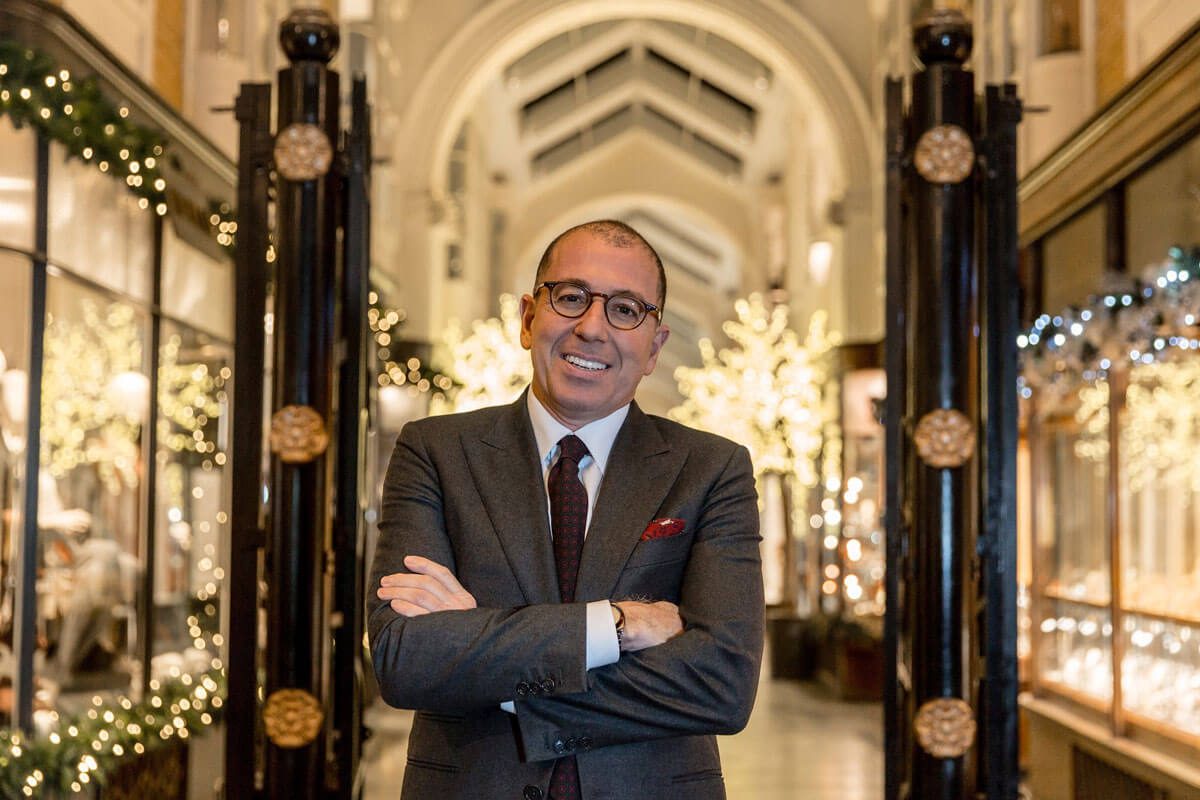






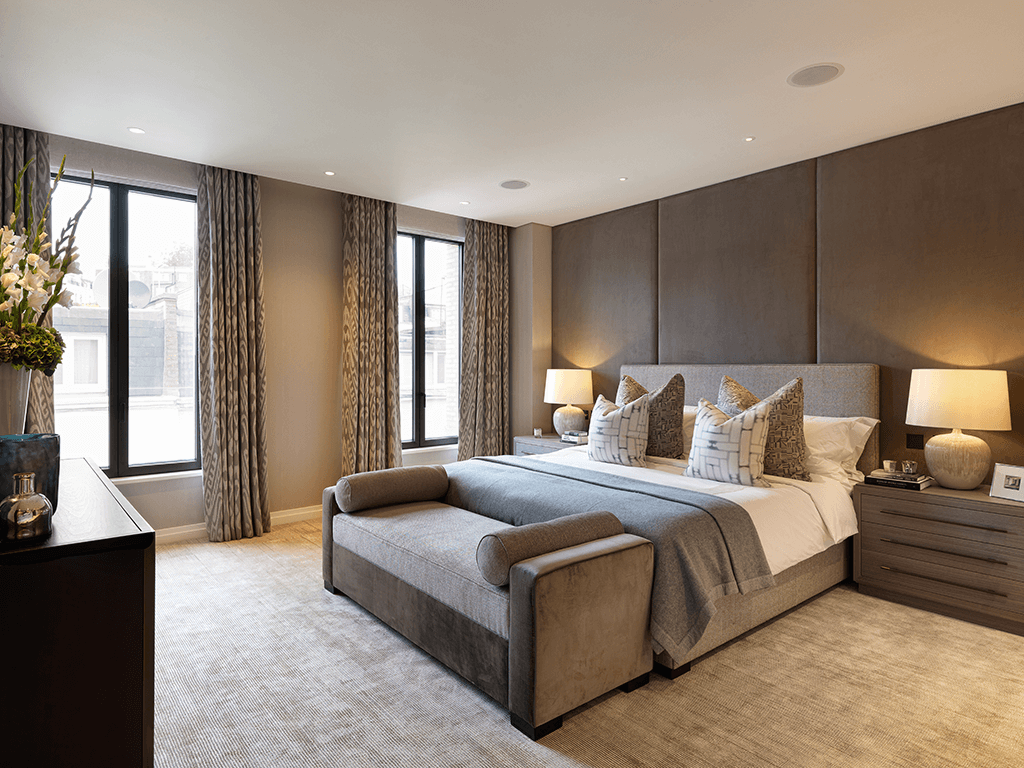







Recent Comments